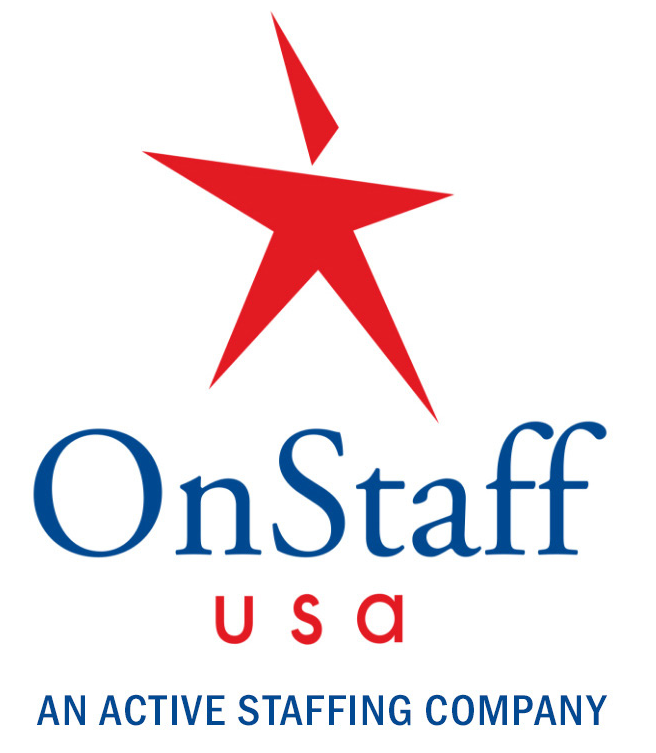
According to Andrew Naber, an industrial and organizational psychologist, the average person spends roughly 90,000 hours at work over their lifetime — about a third of their life. This is a significant portion of time in which the individual has to be continually managed and motivated by managers using approaches such as workplace training schemes, salary increments, and appraisals.
Generation Gap at the Workplace
The workplace environment today is characterized by a multigenerational workforce. This is a phenomenon mainly underscored by the generation gap between workers or employees.
The generations are usually categorized into five groups based on their years of birth, namely the Traditionalists (1945), the Baby Boomers (1946 -1964), Generation X (1965-1975), Generation Y (1977-1995) and Generation Z (1996 — onward).
These five generation groups are demarcated primarily by the times when they were born, notably, though, other factors such as beliefs and expectations cultivated through shared experiences create a sense of cohesion between members of each generation group while underscoring their difference with the people in the other groups. The groups may even view each other from a competitive perspective.
Any workplace environment is composed of members from most or all the five groups. This makes the management and motivation of a multigenerational workforce a tremendous challenge due to the diverse views, behaviors, styles of working, and in some cases the balance of authority in the workplace.
Managing and Motivating a Multigenerational Workforce
The duties of the human resources manager, above and beyond hiring and firing of employees, include creating a balance at the workplace to ensure that all employees feel valued, that they contribute to the progressive success of the workplace, and that they continue to grow professionally. In this endeavor, six helpful approaches can be employed as elaborated below.
1. Conducive Atmosphere
This refers to the creation of a safe environment in the workplace, where personnel feels valued primarily based on their identity and contribution. It involves the use of communication skill and tact to both cajole and firmly encourage professional delivery. In this atmosphere, the employee feels encouraged to work hard because of a sense of safety and calmness in the workplace.
2. Feedback
The providing of timely and well-structured feedback is an informative tool for the employee, as it indicates the quality of delivery and marks areas for improvement. It is also a process through which the employee conveys to management the strengths and weaknesses of the management style in place. In addition, feedback can be used to address any negative or unacceptable behaviors early enough.
3. Learning and Growth
All workers must be encouraged to acquire new skills and to develop additional knowledge in areas that will increase the output of the company or business that they are working in while also making the employee more professionally competitive in their field. To keep workers motivated, a company should draw a program for the training of its employees in skills that are important in their sector. Certain other skills are crosscutting, such as communication skills, presentation skills, and resource management.
4. Cultural Awareness
It is important for all employees to be culturally aware of the environment that they are working in. This component is particularly important where multigenerational workers are involved. Basically, this strategy involves the exposure of workers to the various traditions, ways of life and beliefs in the diverse areas they may find themselves working in. It is not a call to accept but to accommodate other employees who might not share their faith, background, and beliefs.
5. Individual Focus
In the process of managing and motivating workers, personnel managers must focus on the individual in order to have a grand picture of the workforce as a whole. The individual is the key. It is noteworthy that each person is intrinsically different. The method of work, learning style and motivating factors for one employee will significantly differ from another. It is for this reason that managers must try their best gain insight into personal preferences, while at the same time making an effort to balance that with what the group needs as a whole.
6. Leadership
Lastly, the best teacher is an example. The challenge of multigenerational workers is not for employees alone but will be faced by management as well. Therefore, leadership by example, in this case, sets precedent where employees can draw experience from how their managers deal with such challenges. If managers of different generations can work well together, so will their employees.
In conclusion, a multigenerational workforce is a blessing in disguise. With it comes a wealth of experience, diversity, and a large pool of skills that can be shared.
